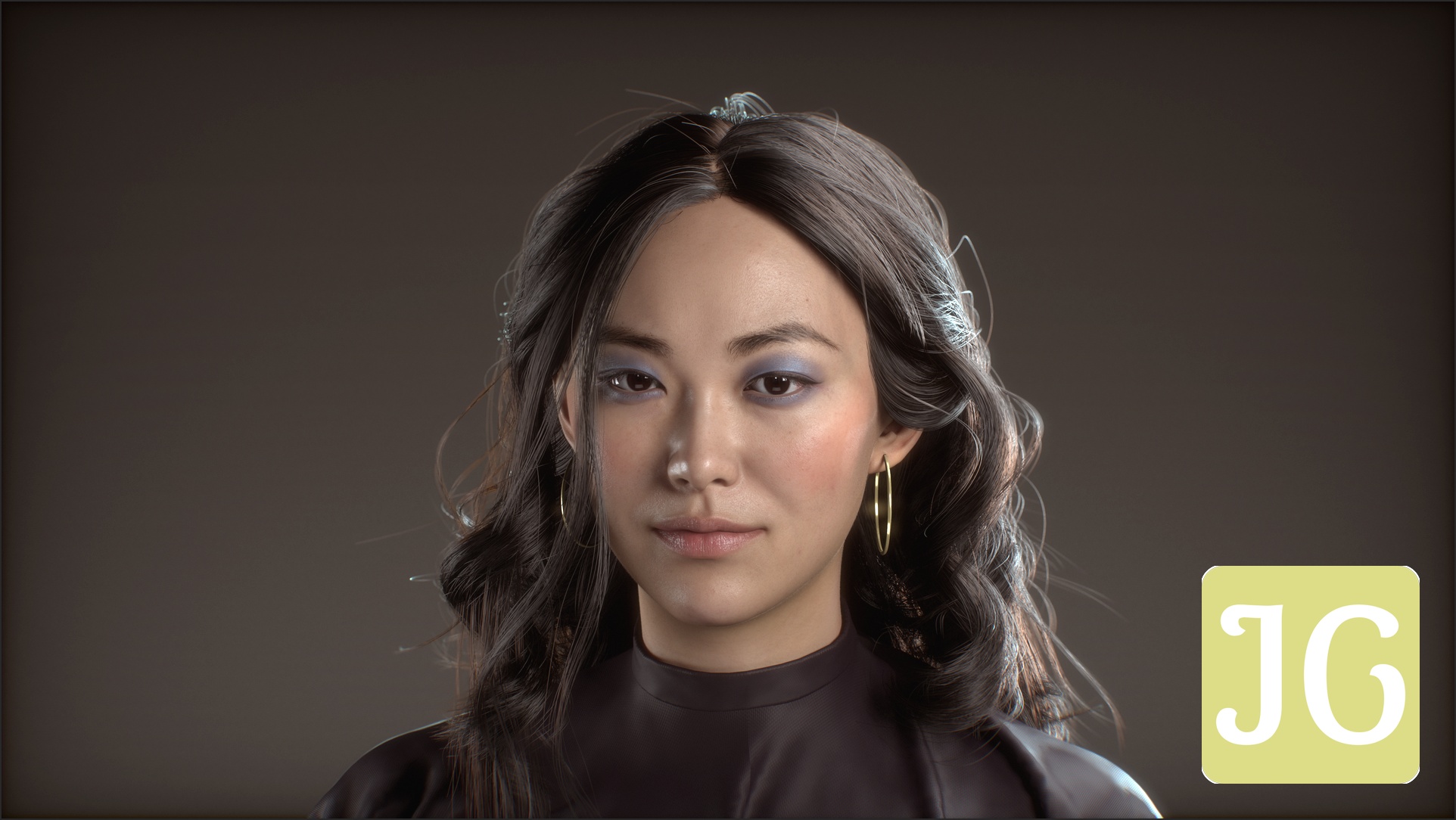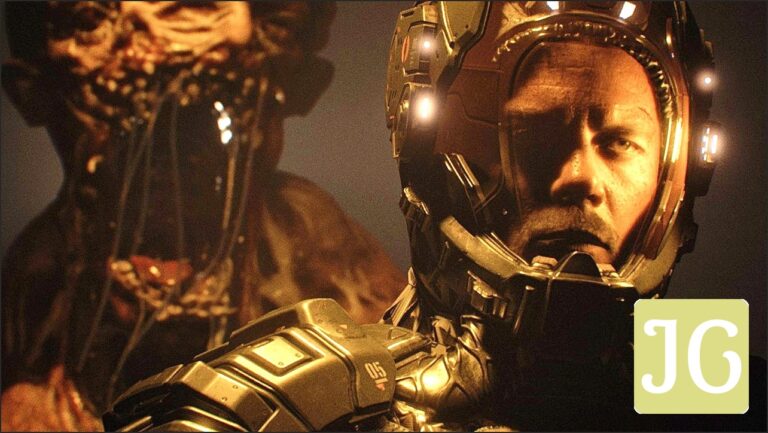The Quest for Perfect Strands: Nvidia’s RTX Hair Arrives
For far too long, achieving truly convincing hair in video games has been a graphics engineer’s white whale – a persistent, computationally intensive challenge that has often left character models looking a step behind their meticulously rendered environments. We’ve seen everything from blocky, tessellated masses to wispy, yet performance-crippling, strands. Now, Nvidia aims to put an end to the digital hair dilemma with RTX Hair, a groundbreaking technology that promises to revolutionize character fidelity. Making its highly anticipated debut in ‘Indiana Jones and the Great Circle,’ RTX Hair is set to deliver ‘fabulously luscious locks’ that respond realistically to light and movement. However, as the promise of next-gen realism meets the demanding realities of current hardware, the PC gaming community is already buzzing with a potent mix of excitement and, perhaps more vocally, skepticism.

Unraveling the Tech: How Linear Swept Spheres (LSS) Change the Game
At the very core of Nvidia’s RTX Hair lies a fundamental paradigm shift in how individual hair strands are processed: the Linear Swept Sphere (LSS) primitive. This innovation moves decisively away from traditional triangle-based tessellation, which has long been the standard but often led to blocky, artificial-looking strands. Instead, LSS defines hair as thick, round 3D lines with varying radii – essentially, sophisticated cylindrical or conical tubes that can be seamlessly chained together to form smooth, dynamic curves. This seemingly straightforward change offers profound advantages, directly confronting the critical computational bottlenecks that have historically plagued the pursuit of truly realistic hair rendering in real-time.
LSS: The New Standard for Digital Hair
Nvidia’s Linear Swept Sphere (LSS) primitives represent a significant leap over previous tessellation methods, including older solutions like HairWorks. This new approach dramatically reduces VRAM consumption for geometry storage by up to 5x. Furthermore, LSS renders animated human hair approximately 2x faster than Disjoint Orthogonal Triangle Strips (DOTS) while inherently simplifying shading thanks to its naturally round geometry, effectively preventing the self-intersection issues that often plague less sophisticated techniques.
This newfound efficiency, however, transcends mere raw speed. Its true power lies in enabling a level of visual fidelity once thought exclusive to meticulously pre-rendered cinematics. By drastically reducing both memory footprint and rendering time, LSS facilitates the creation of truly voluminous, naturally flowing hair that interacts seamlessly and realistically with light and shadows – all computed in real-time. While the technology is hardware-accelerated for peak performance on the upcoming RTX 50 Series GPUs, Nvidia has thoughtfully included a software fallback, ensuring broader compatibility with older RTX cards and allowing developers to integrate it widely across the RTX ecosystem without alienating a significant user base.
Indiana Jones: The First Whip-Cracking Showcase
MachineGames’ highly anticipated ‘Indiana Jones and the Great Circle’ is slated to be the first major title to fully incorporate Nvidia’s RTX Hair, with the crucial update scheduled for release in September. This makes Harrison Ford’s digital counterpart the unwitting, yet iconic, poster child for the next generation of digital hair rendering. Crucially, the technology will be integrated directly into the game’s real-time path tracing mode, providing players with a direct, side-by-side comparison of LSS-rendered hair against traditional methods. This isn’t just a visual enhancement; it’s a critical proving ground for a technology Nvidia explicitly positions as a cornerstone for the future of photorealistic digital human rendering across various interactive and creative applications.
The Fandom’s Frizz: Hype, Skepticism, and Hardware Lock-ins
Despite the significant technical promises and the clear advancements in efficiency, the initial reaction from the broader PC gaming community has been, to put it mildly, a mixed bag – and one that leans heavily towards skepticism. Many gamers are openly questioning the tangible visual impact of RTX Hair, perceiving only subtle improvements that, for a vocal segment, simply do not justify the reported performance cost. This immediate disconnect between technical innovation and visible benefit is a recurring theme in the early discourse surrounding the technology.
I could kinda notice some differences in how the light renders against the hair in the darker, rainy scene. But a 20% performance hit for that?! That’s an absurd tradeoff.
Adding another layer of frustration to this already complex reception is the pervasive perception of the technology’s exclusivity to Nvidia’s unreleased RTX 50 Series GPUs. Owners of current-generation high-end cards, particularly the flagship RTX 4090, are vocal in expressing a palpable sense of buyer’s remorse. There’s a strong sentiment that cutting-edge features, which should theoretically be accessible to their top-tier hardware, are being prematurely locked behind future generations, thereby diminishing the perceived value and longevity of their recent, substantial investments.
wow, only for 50 series? That sucks ass, why did i buy a 4090 again? Lol.
However, it’s crucial to note that not all reactions are steeped in negativity or frustration. A discerning segment of the community maintains a more measured, optimistic outlook. These individuals recognize that such incremental advancements, while perhaps not immediately revolutionary or universally ‘game-changing’ on day one, are absolutely vital for the long-term, continuous evolution of game graphics. For them, RTX Hair represents another necessary, foundational step in the relentless pursuit of photorealism, building block by building block, strand by strand.
People dogging on new features saying they’re not worth it, not much of a difference etc. but incremental improvements that in isolation aren’t particularly immediately amazing in rendering techniques is what got us to where we are now for traditional rendering too. I for one am always excited to see this kind of thing, even if I can’t benefit from it right now…
RTX Hair vs. HairWorks: A Legacy of Digital Locks
| Feature | Nvidia RTX Hair (LSS) | Nvidia HairWorks (Tessellation) |
|---|---|---|
| Rendering Method | Linear Swept Spheres (LSS) – thick 3D lines | Tessellated Triangles – linked sequences of triangles |
| Memory Usage | Significantly less (approx. 5x reduction in VRAM for geometry) | High (extensive geometry) |
| Performance Impact | Faster (approx. 2x faster than DOTS), maintains smooth performance | Significant, often ‘tanked framerates’ |
| Visual Fidelity | Naturally round geometry, prevents self-intersection, fuller, more realistic hair, better illumination/shadows | Blocky, artificial-looking strands, required custom normals, prone to self-intersection |
| Hardware Focus | RTX 50 Series (hardware accelerated), software fallback for older RTX | Older GPUs, broad hardware support (but inefficient) |
The significant memory and performance advantages offered by LSS are a direct, deliberate response to the well-documented shortcomings of earlier technologies, including Nvidia’s own HairWorks. Famously deployed in ‘The Witcher 3,’ HairWorks undeniably brought dynamic, flowing hair to life, but it was equally notorious for the heavy performance toll it exacted, often leading to ‘tanked framerates’ and a general recommendation to disable it for smoother gameplay. RTX Hair, by contrast, explicitly aims to deliver that same cinematic quality and dynamic realism without the crippling framerate drops, thereby making truly realistic hair rendering far more accessible and practical for both game developers and players across a wider range of hardware.
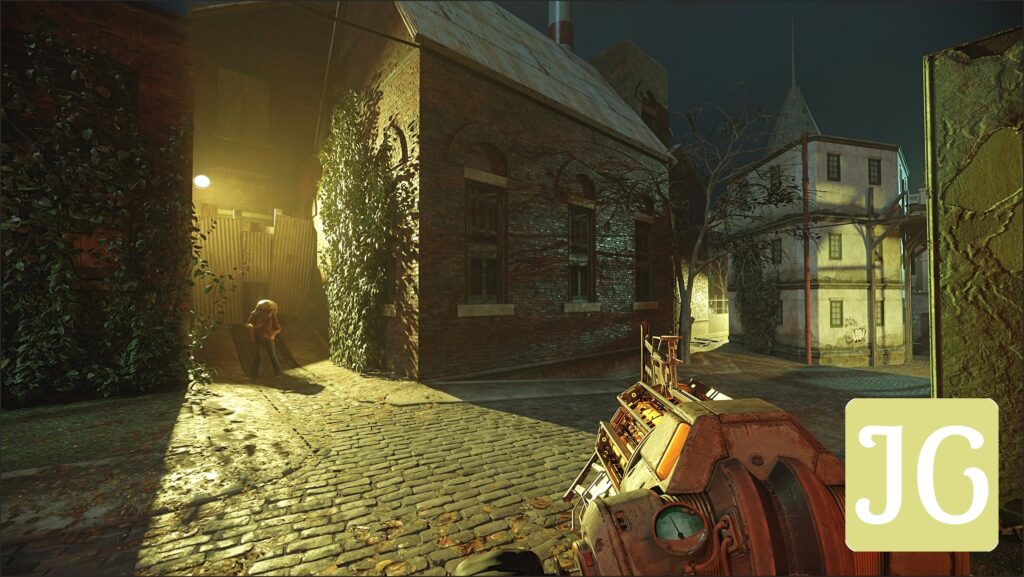
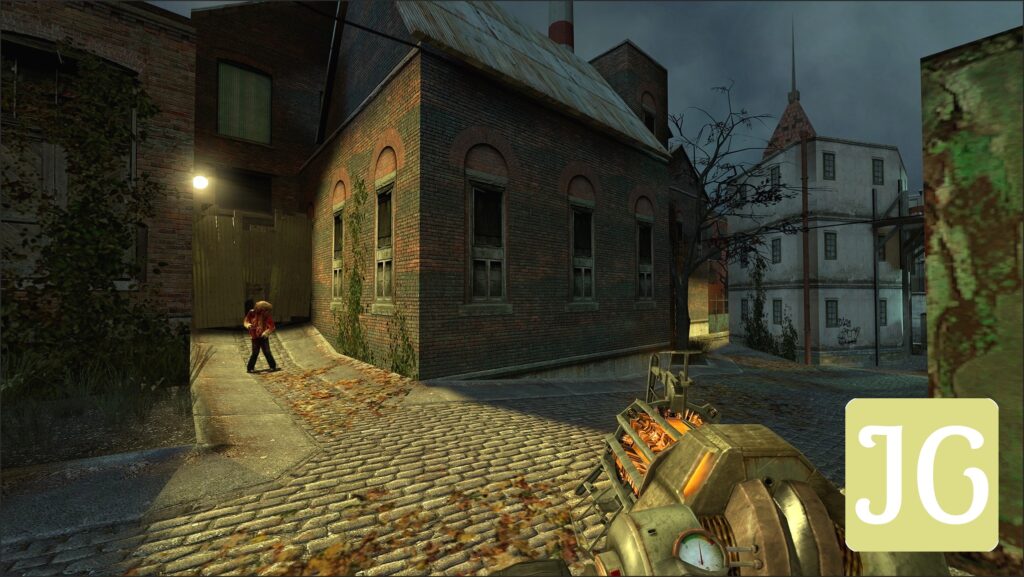
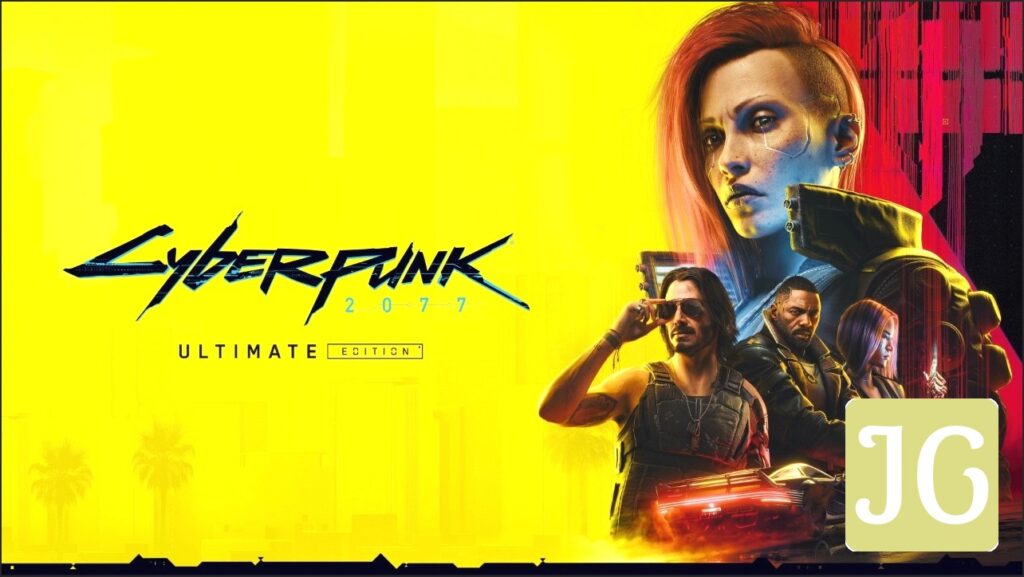

The Long Hair-y Road Ahead
Nvidia’s RTX Hair, powered by the innovative Linear Swept Sphere primitive, undeniably represents a significant leap forward in the perennial, complex quest for truly realistic digital characters. Its upcoming debut in ‘Indiana Jones and the Great Circle’ is set to ignite further debate and meticulous analysis within the gaming and tech communities. While the initial community reaction highlights valid, pressing concerns about the perceived visual impact versus performance cost, and the frustrating question of hardware accessibility, the technology’s long-term potential for photorealistic human rendering – across not just games, but a myriad of other applications like AI avatars and film – remains undeniable. As is often the case with bleeding-edge technology, patience, coupled with continuous refinement and optimization, will be absolutely key to seeing RTX Hair truly flourish and realize its full, transformative potential.
Key Takeaways on Nvidia RTX Hair
- Revolutionary Rendering: RTX Hair introduces Linear Swept Spheres (LSS) as a new primitive, fundamentally moving beyond traditional triangle-based hair rendering methods.
- Enhanced Efficiency: LSS drastically reduces VRAM usage for hair geometry (up to 5x less) and offers approximately 2x faster rendering performance compared to Disjoint Orthogonal Triangle Strips (DOTS).
- High-Profile Debut: ‘Indiana Jones and the Great Circle’ is confirmed as the first major title to integrate RTX Hair, with an update scheduled for September.
- Mixed Community Reception: Initial feedback reveals widespread skepticism among gamers regarding the visual improvements versus performance costs, alongside frustration over perceived exclusivity to upcoming RTX 50 Series GPUs.
- Future-Proofing Graphics: Despite current criticisms, many view RTX Hair as a crucial, incremental advancement vital for the long-term evolution of photorealistic digital human rendering.
JoltGamer’s Final Verdict
Nvidia’s RTX Hair stands as an undeniably technically impressive innovation, directly addressing one of the most enduring and complex challenges in realistic character rendering. Its core Linear Swept Sphere (LSS) primitive promises significant advancements in both visual fidelity and rendering efficiency, setting a new, ambitious bar for how digital locks are brought to life. However, its initial rollout, intrinsically tied to unreleased hardware and met with a significant wave of community skepticism regarding its immediate visual impact versus its performance demands, clearly indicates a technology still in its nascent stages. While ‘Indiana Jones and the Great Circle’ will undoubtedly provide an exciting and crucial first look, the true ‘hair-raising’ moments for gamers will likely only arrive as the technology matures, gains broader adoption across the industry, and unequivocally proves its worth across a more diverse range of titles and hardware generations.

